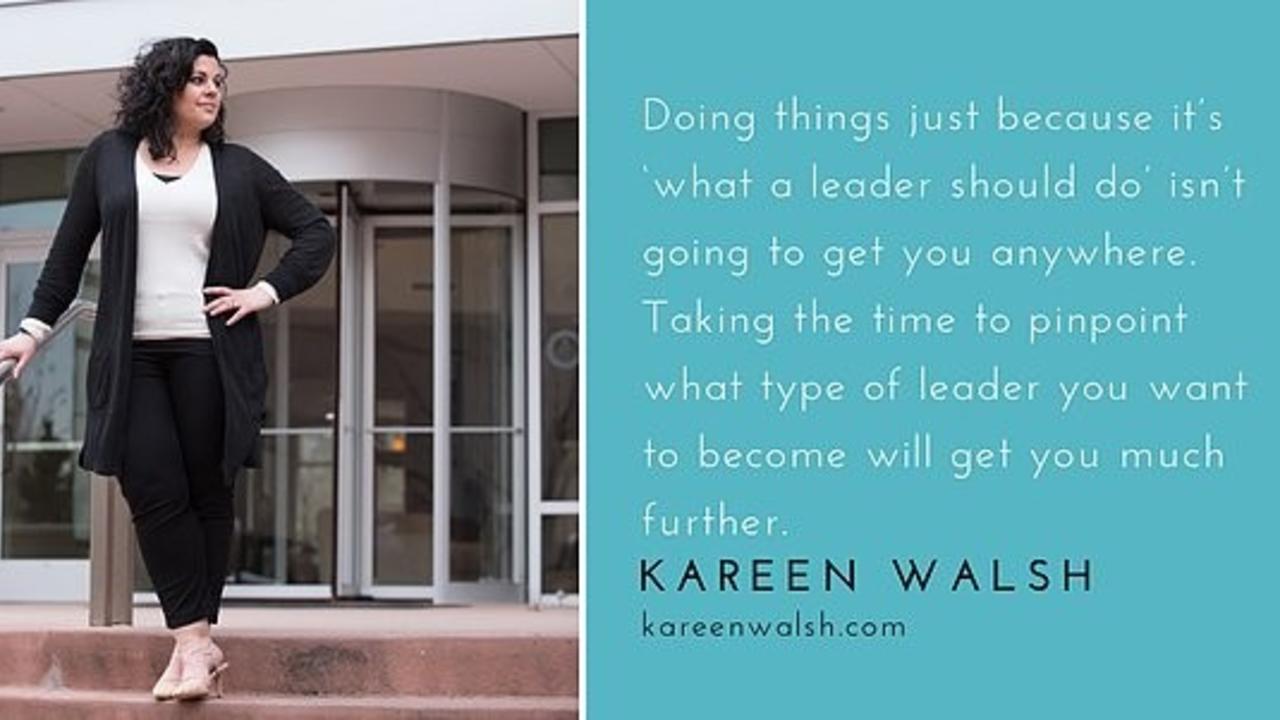Leveraging the Power of Self-Awareness in Leadership

What makes a good leader? There are many things on that list: competence, knowledge, vision, ability to delegate, passion. I could go on. But of all the skills an executive needs to lead a business successfully, self-awareness is at the top of that list.
Why? Because leaders who understand their own emotions, personality, strengths, and weaknesses can engage employees and customers more effectively. Knowing your drivers means you can articulate your vision and your value in a way that makes people trust and follow you.
You can start by digging deep into why you want to lead. Is it about the money? The title? Or simply because that’s what people do when offering the next rung of the ladder?
In my coaching work, I’ve seen many people who have the leadership title but no awareness of what it means to lead. When this happens, team members end up undervalued and frustrated, channels of communication break down, and the growth of the company is limited.
Being aware of why and how you show up can change this. Leading with clarity from your values is a way to be true to yourself and work more effectively.
Doing things just because it’s ‘what a leader should do’ isn’t going to get you anywhere. Taking the time to pinpoint what type of leader you want to become will get you much further. You also need to think about where you are headed so that you can work to lead others in that direction.
What do I mean by this? I worked with the CEO of a startup who was filling up her time with tasks she didn’t need to do, simply because she could. I asked her whether she intended to operate her business or to own it. This vision exercise helped her to see that she ultimately wanted to own the business and build another stream of income. With this self-awareness, she could map out a fulfilling action plan to achieve her dream and start strengthening her team so they could operate the business successfully.
Knowing what you value most means, you lead with clarity and strength. At the root of this is an awareness of where you focus most. Tony Robbins tells us that we have four primary needs (certainty, variety, significance, and love) and two spiritual ones (growth and contribution).
Your Primary Question often focuses on one of these, guiding everything you do in your life – work and personal – and acting as a constant filter on our decisions and actions. I did the work to change my Primary Question to one that consistently evokes value exchange, and it changed my life. I strongly suggest you reflect on your Primary Question and see how it can be changed to have a positive impact on every aspect of your life. Maximize your self-awareness to take control of your leadership style.
This is what you need to do to lead with value. Being aware of your guiding force means you can articulate why you thrive in some situations and struggle in others; it means you can understand how others approach you. As a leader, reaching these levels of self-awareness means you can better focus on your growth and impact. They say you cannot pour from an empty cup – this also applies to leadership because you cannot lead without fulfillment.
You can also bring your self-awareness to the table when it comes to an understanding of your behavior and actions as a leader. For people who have taken on leadership roles without consideration of how to be effective in it, it can be easy to fall into the trap of leading from a reactive space. As an example, a CEO I worked with would often explode under stress, thus alienating his team. This was unhelpful for team dynamics, and the business suffered.
Taking the time to analyze the triggers that send you to your reactive space – whether it’s complying, protecting or controlling – is vital if you want to lead with value. Try to separate the issue from the emotion by writing it down and asking yourself: why am I reacting like this? Is it about the issue or the person delivering the information? What outcome matters to me?

Then share this information with your team. ‘Seriously? Tell everyone?’ I hear you ask. But seriously. Being upfront with your team means they know how best to communicate with you. Better communication avoids resentment and poor decisions. You, your team and the business will benefit. To fully understand your effectiveness, we can conduct the “Leadership Circle 360 Profile” (TLC360) as part of the Executive Leadership Coaching Program I offer.
It’s bravery and honesty like this that clears away obstacles to successful leadership and enables you to lead from your creative space. Your most creative space is when your Personal Value Systems (PVS) is aligned. An assessment exercise for getting in touch with those core values can be found here. If you come to realize you’ve been leading from your reactive rather than your creative space, this is self-awareness you can work with! The more you understand yourself, the better you’ll become at avoiding that reactive space.
You can also leverage the power of self-awareness to enhance your dialogues with your clients, direct reports and colleagues. When you can articulate your needs and values, you can add value to exchanges. Not only because you know your value, but because you’re engaged with finding out more about theirs. You’ll also show yourself to be open to feedback and a willingness to learn. This is what people connect to, not titled superiors barking orders. They’ll bring value to their work with you because of the value you offer them.
Value Exchange Leadership™ starts with self-awareness. Great things follow. I’ve worked to master my value-driven approach through introspection, reflection, and growth. Are you ready to join me on this journey?


